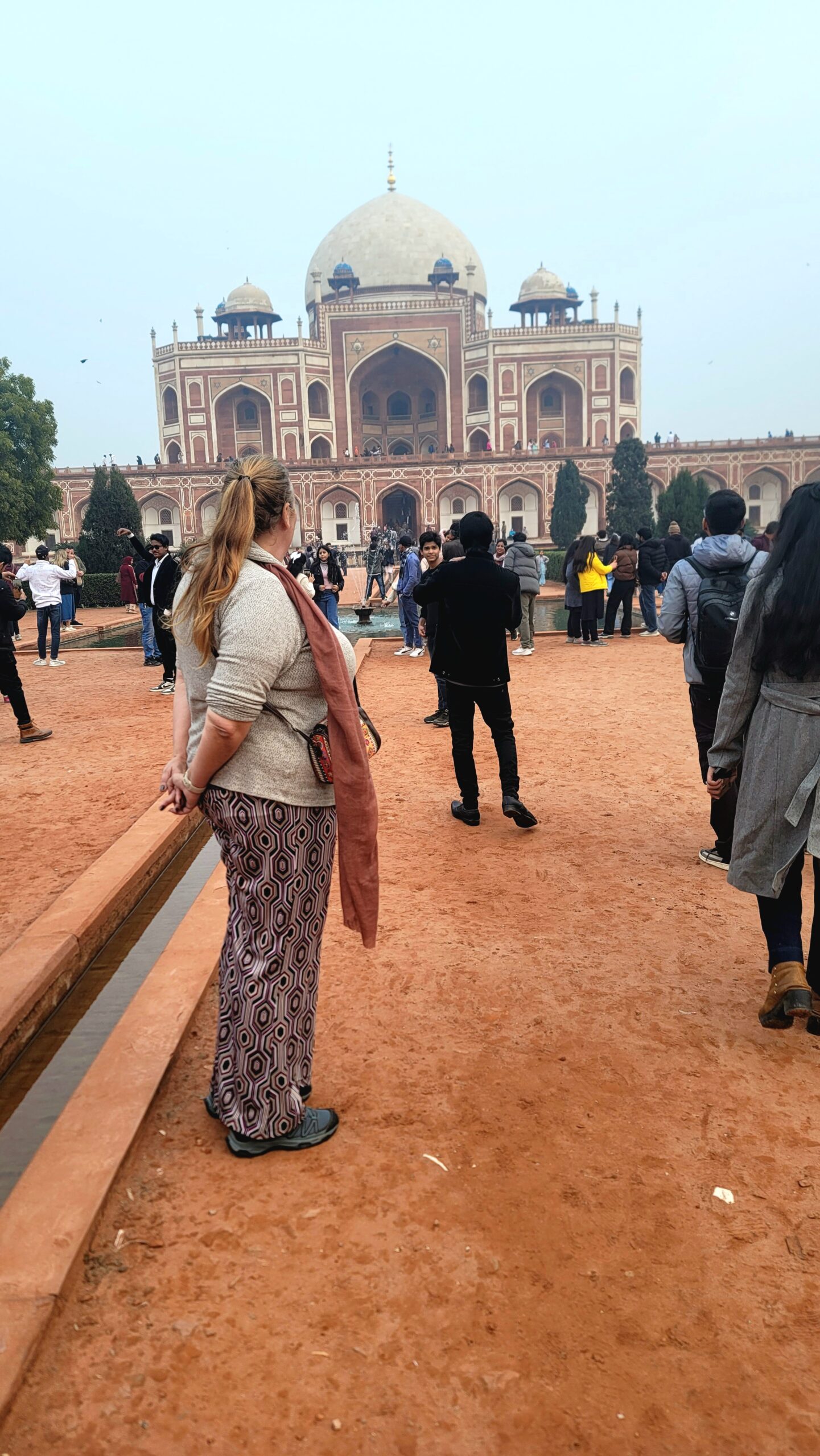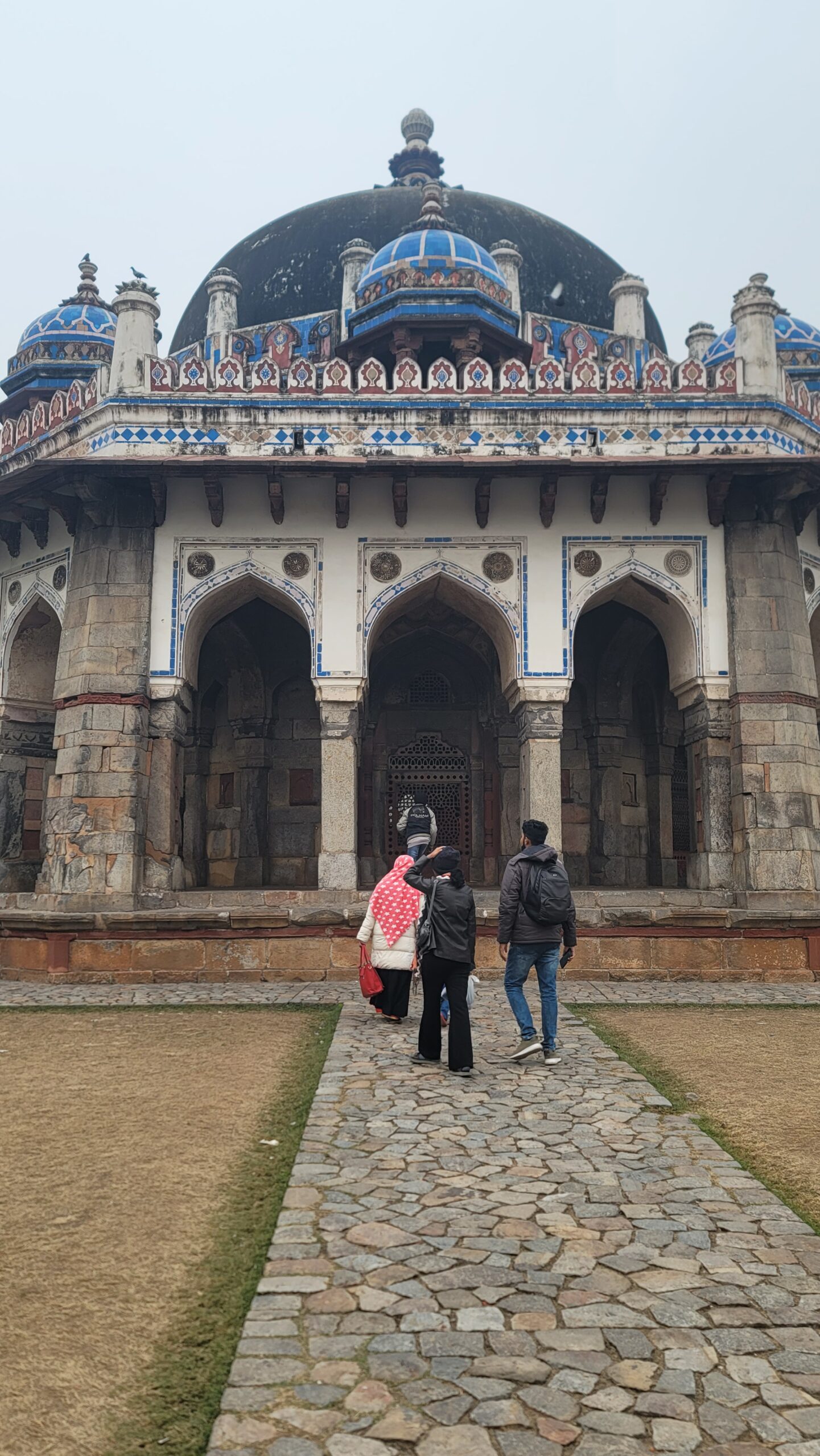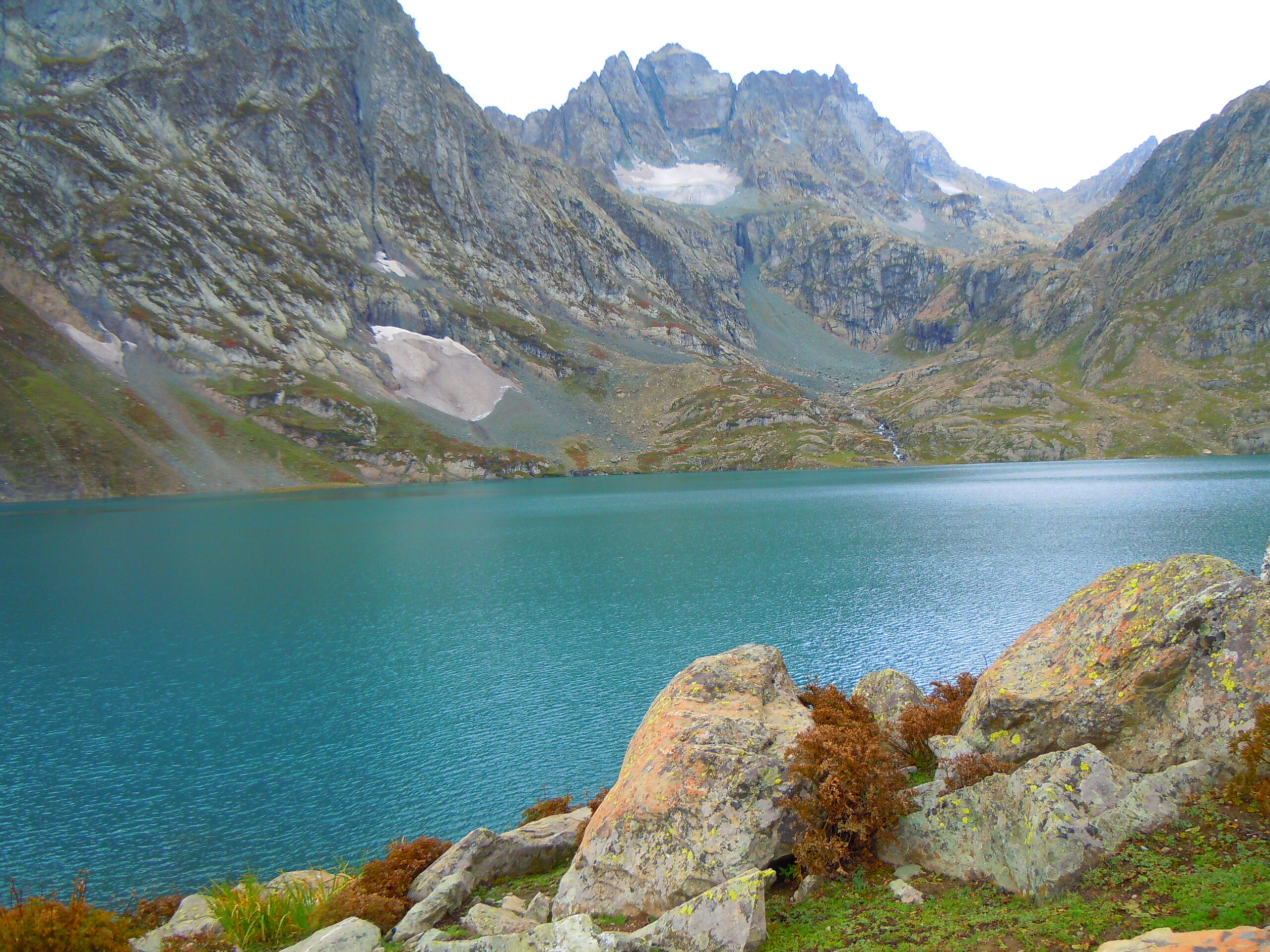
Discovering Humayun’s Tomb: A Journey Through History and Beauty
There are moments in travel that take your breath away, and my visit to Humayun’s Tomb in Delhi was undoubtedly one of them. Accompanied by my ever-reliable driver, Mukesh, I embarked on this little adventure, curious about one of India’s most celebrated monuments. The entrance fee of Rs600 for tourists (Rs40 for locals) might seem steep at first, but as I would soon discover, it was worth every single rupee.
The First Glimpse: Awe-Inspiring Majesty
As I walked through the arched gateway, the sight of Humayun’s Tomb against the backdrop of the misty sky was nothing short of spectacular. The red sandstone structure, accented with white marble, exudes a timeless elegance that speaks to its Mughal heritage. This UNESCO World Heritage Site is not just a tomb but a masterpiece of Persian-inspired architecture, built in 1570 by Queen Haji Begum, the wife of Emperor Humayun, as a tribute to his memory.
Architectural Splendor
The tomb is often referred to as the precursor to the Taj Mahal, and it’s easy to see why. Its symmetrical design, grand domes, and intricate latticework are captivating. The central structure is perched on a raised platform, with steep steps leading up to it—a climb that’s slightly challenging but entirely worth the effort. From the top, you’re rewarded with a closer look at the ornate details and a panoramic view of the surrounding gardens.
The Charbagh Gardens
Speaking of gardens, the Charbagh-style layout is a sight to behold. These meticulously planned quadrilateral gardens, divided by water channels, symbolize paradise in Islamic tradition. Walking along the shaded pathways, I felt a profound sense of peace. The sound of flowing water and the chirping of birds added a serene soundtrack to my exploration.
A Step Back in Time
Humayun’s Tomb is steeped in history. It was the first garden tomb on the Indian subcontinent and set the blueprint for subsequent Mughal architecture. Its construction employed skilled artisans from Persia and India, reflecting a beautiful fusion of cultures. The tomb also holds the graves of other members of the Mughal dynasty, making it a significant historical site.
Don’t Miss Isa Khan’s Tomb
As you wander the grounds, don’t forget to take the turn toward Isa Khan’s Tomb nearby. While it may not command the same grandeur as Humayun’s Tomb, it is equally captivating in its intricate craftsmanship. Built in the 16th century, this smaller tomb predates Humayun’s and is surrounded by its own charming garden enclosure. The quieter atmosphere here makes it an ideal spot for photography, allowing you to capture the beauty of Mughal artistry without the crowds.

Final Thoughts
Visiting Humayun’s Tomb was an unforgettable experience. The combination of its architectural brilliance, historical significance, and serene surroundings left me in awe. Mukesh, ever patient, waited as I lingered, soaking in the beauty and snapping countless photos. For anyone visiting Delhi, this gem is a must-see. The Rs600 entrance fee is not just a ticket but an investment in witnessing one of India’s most exquisite monuments.
Whether you’re a history buff, an architecture enthusiast, or simply someone who loves exploring beautiful places, Humayun’s Tomb offers something for everyone. Just be sure to wear comfortable shoes—those steps are steep! And don’t forget your camera; this is a place you’ll want to remember forever.
All Categories
Quick booking process
In India Call
In Canada Call





